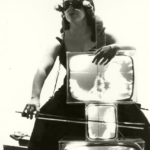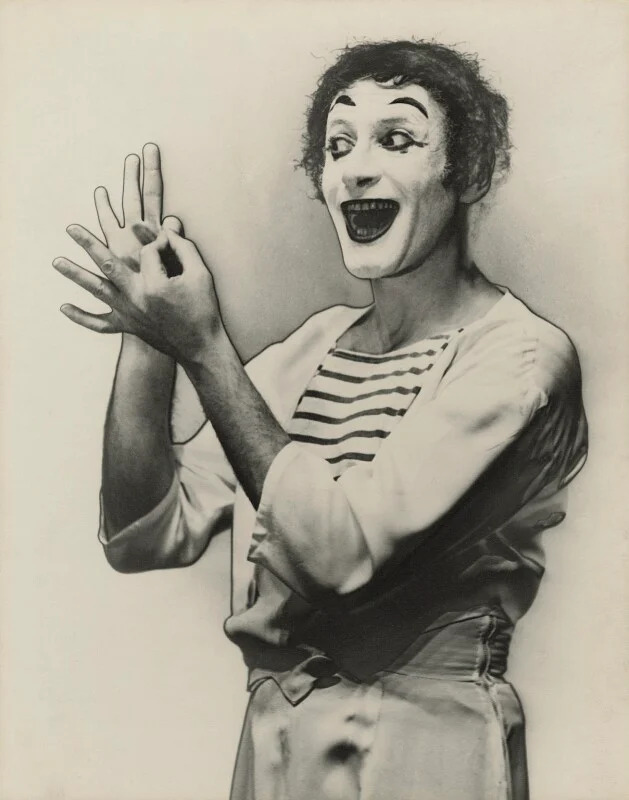
His name is synonymous with the art of mime, a performer whose silent expressions spoke volumes. But beyond his pale-faced persona and invisible walls lies a story of remarkable bravery and heroism. During World War II, Marceau used his unique talents to save children from the horrors of Nazi-occupied France, first using mime to help children quietly escape and keep them calm during perilous escapes across borders. For Marcel and his earliest young students, mime was a powerful tool of survival.
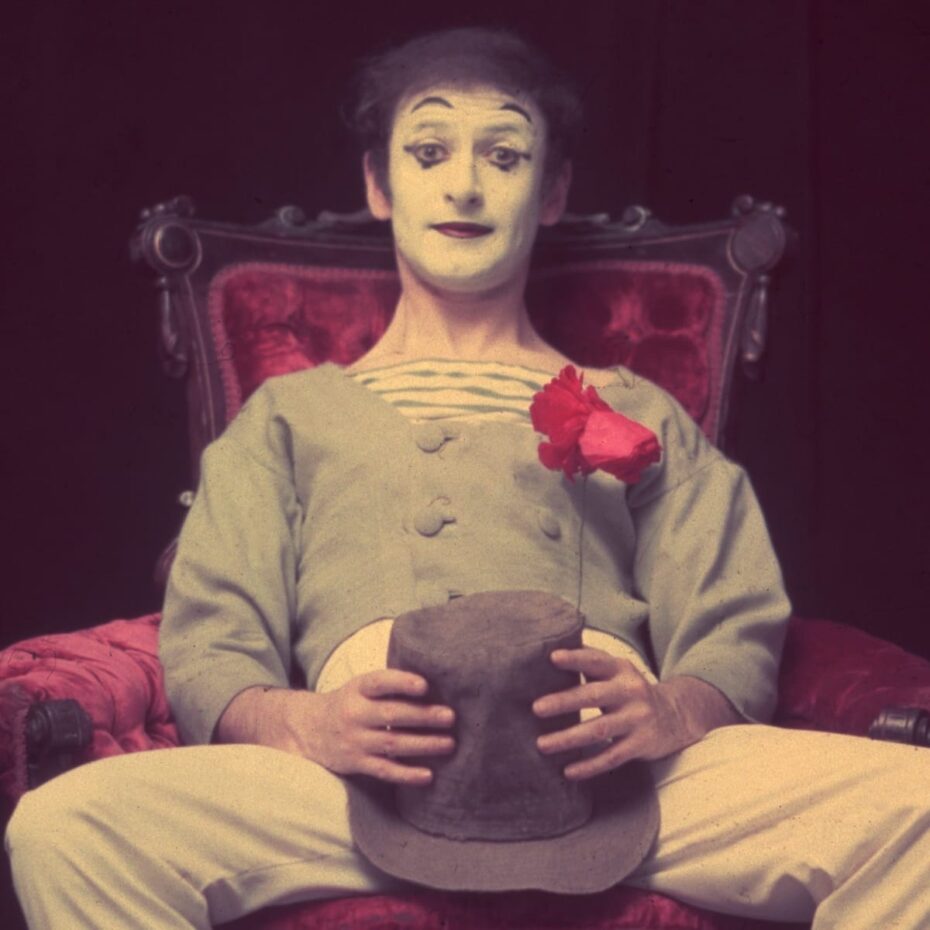
Born Marcel Mangel in Strasbourg, France, in 1923, Marceau’s early life was marked by the turmoil of impending war. When the Nazis invaded France in 1940, he was thrust into a world where survival required courage, cunning tactics, and often, silence. His father, a butcher, was deported to Auschwitz in 1944, where he was tragically killed. This loss fueled Marceau’s determination to fight back in any way he could.
Marceau joined the French Resistance, a courageous decision that would define his legacy. At just 16 years old, he began using his skills as a mime to help Jewish children escape to safety. He adopted the name “Marceau” to hide his Jewish identity, inspired by a French Revolutionary general, François Séverin Marceau-Desgraviers.
Marceau’s talent for silence and movement became a vital tool in his resistance efforts. He would lead groups of Jewish children across the border into neutral Switzerland. In the forests and on the treacherous paths, the children’s survival depended on their ability to remain unseen and unheard. Marceau’s silent performances turned into lifesaving acts, captivating the children and helping them forget their fear.
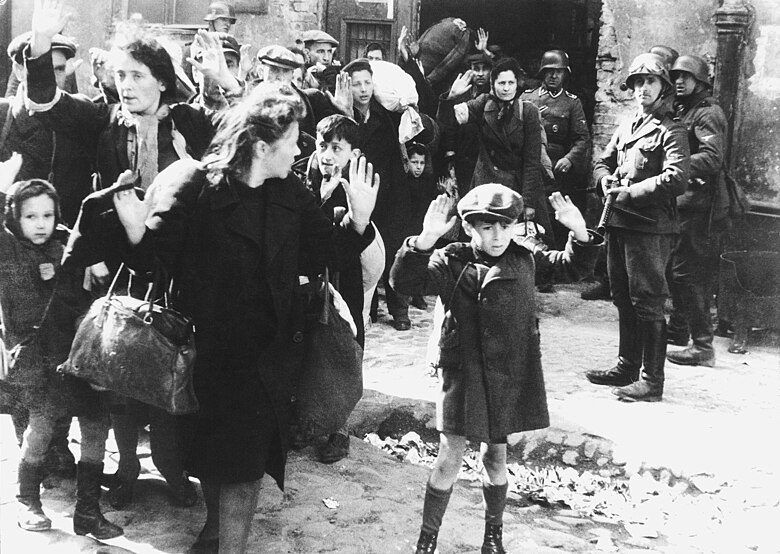
Imagine the scene: a group of scared, exhausted children, their lives hanging by a thread, suddenly transfixed by the magical movements of a mime. His silent storytelling not only entertained them but also communicated vital instructions without making a sound.
After the war, Marceau’s mime career blossomed. He returned to Paris and enrolled in Charles Dullin’s School of Dramatic Art at the Sarah Bernhardt Theatre, where he studied under the renowned mime Etienne Decroux. It was during this period that he refined his craft and developed his unique style of mime. In 1947, Marceau introduced his most famous character, “Bip the Clown,” a melancholic figure with a striped jersey and a battered opera hat adorned with a flower.
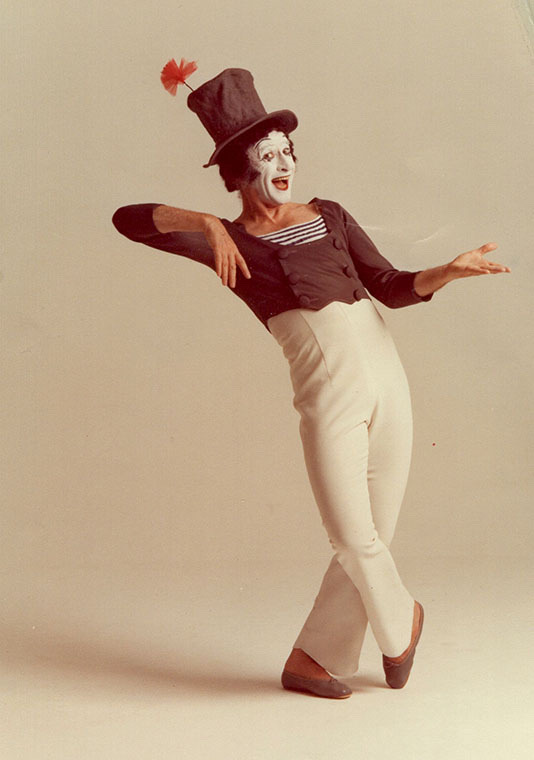
Bip became an instant hit and the central figure in many of Marceau’s performances. Through Bip, Marceau explored the full range of human emotions and experiences, from joy and love to sadness and despair, all without uttering a single word.
Yet, despite his international fame, Marceau rarely spoke about his wartime activities. It wasn’t until later in life that he shared these incredible stories, revealing the depth of his bravery and the impact of his silent heroism. Marceau’s contributions to the war effort were eventually recognized and ge was awarded the French Legion of Honor. His story became a testament to the power of art and humanity even in the darkest times.
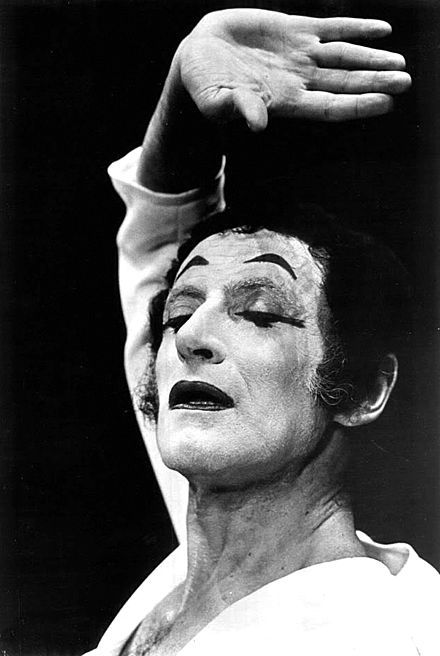
Marcel Marceau passed away in 2007, leaving behind a legacy that extends far beyond the stage. His life is a powerful reminder that courage and creativity can coexist, and that even in silence, one can make a profound difference. He taught us that sometimes, the most heroic actions are the ones performed without a word.



